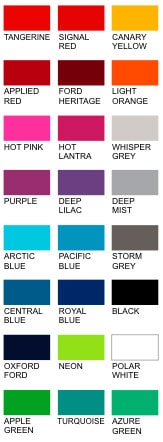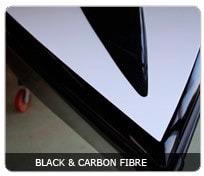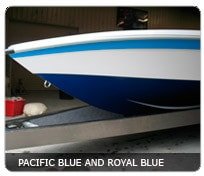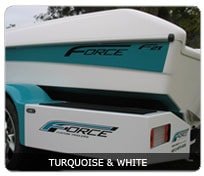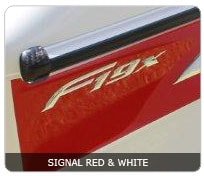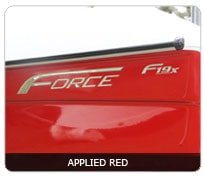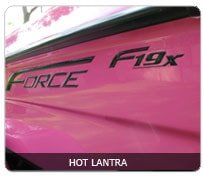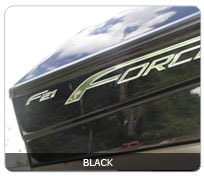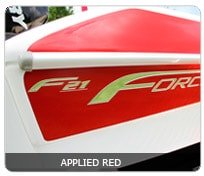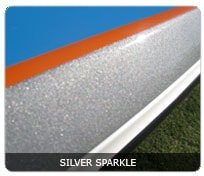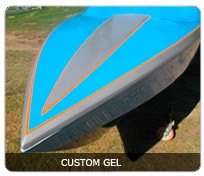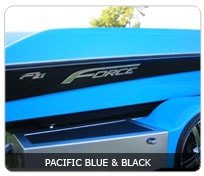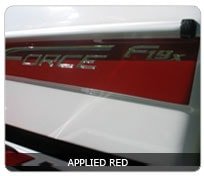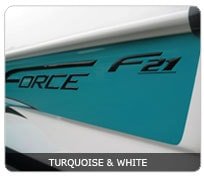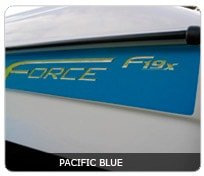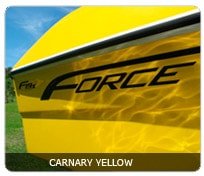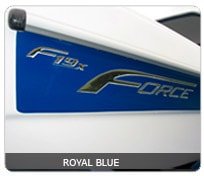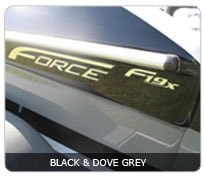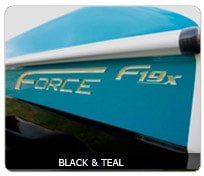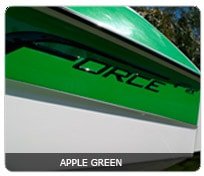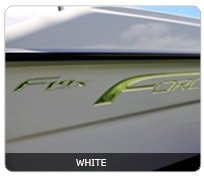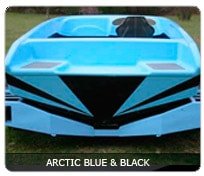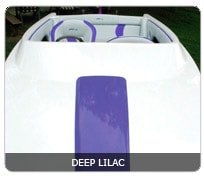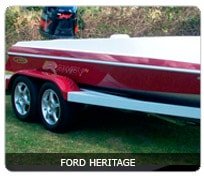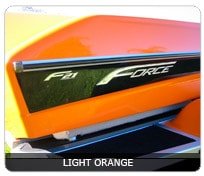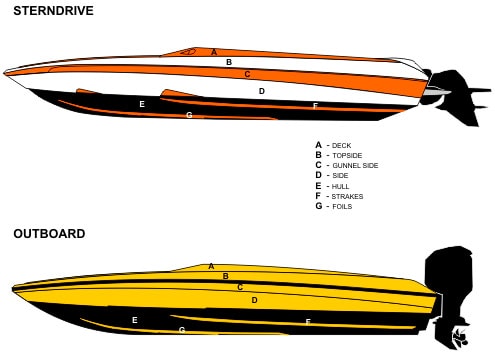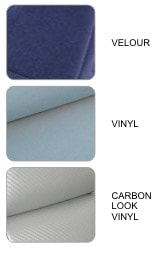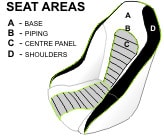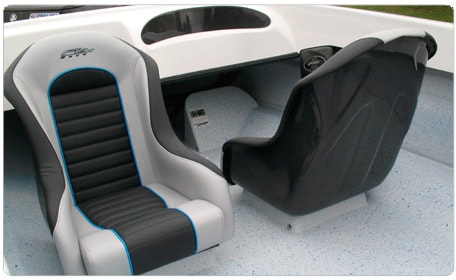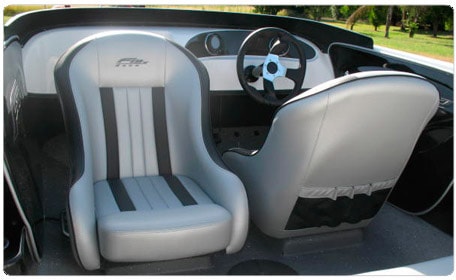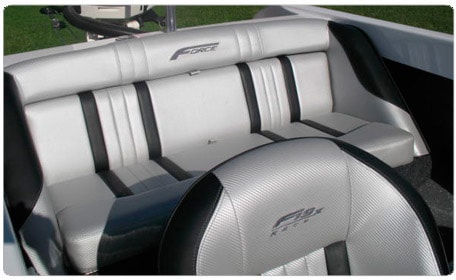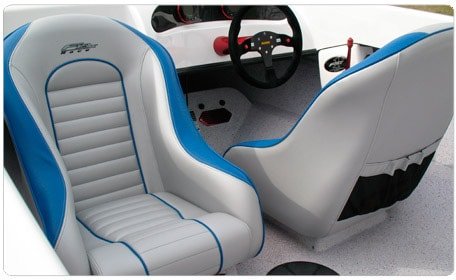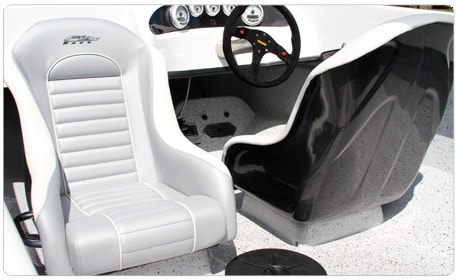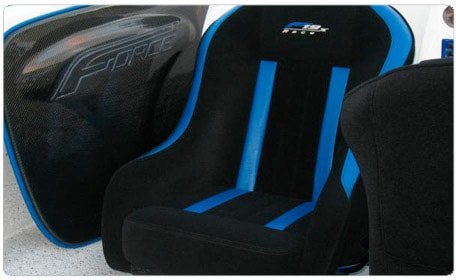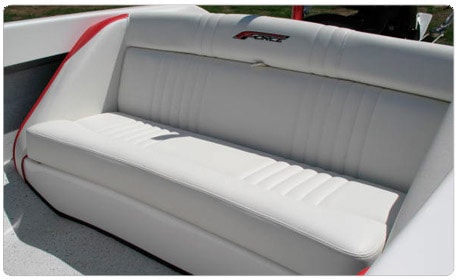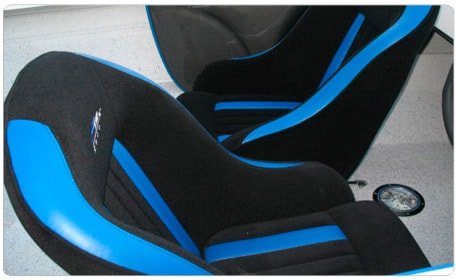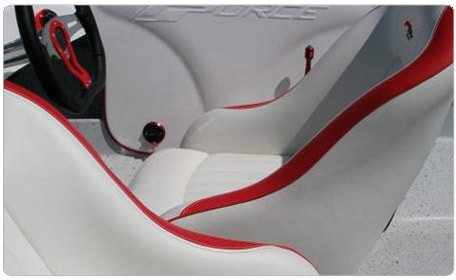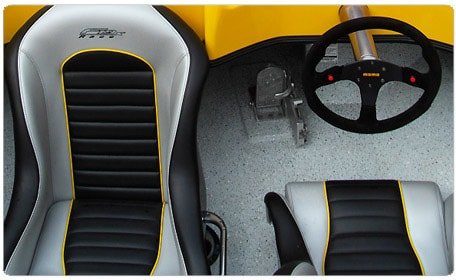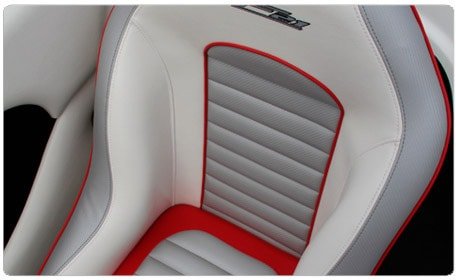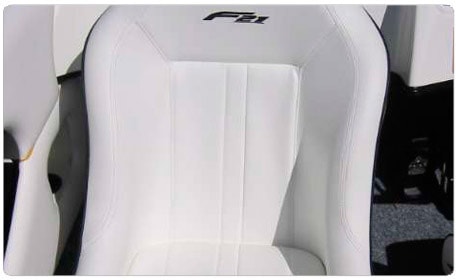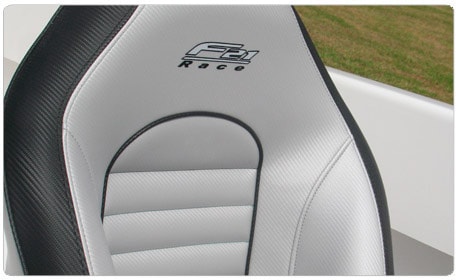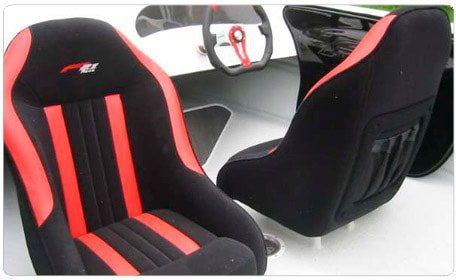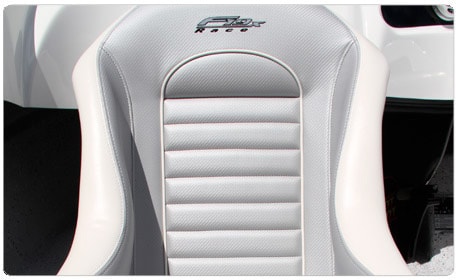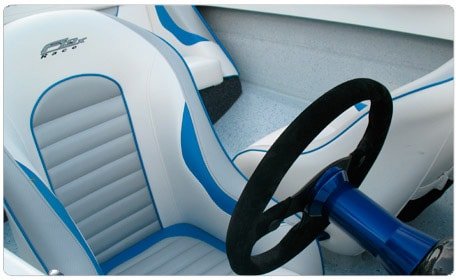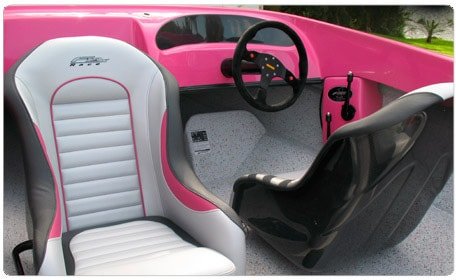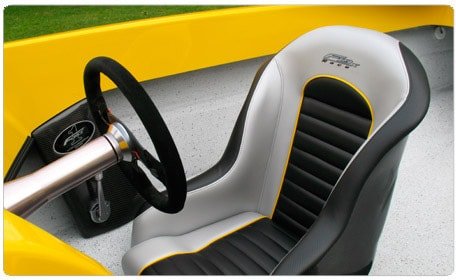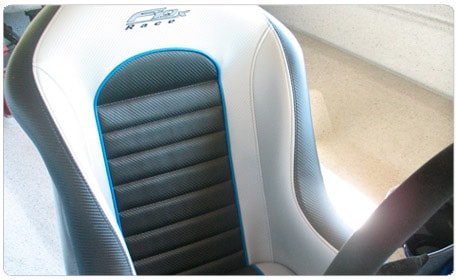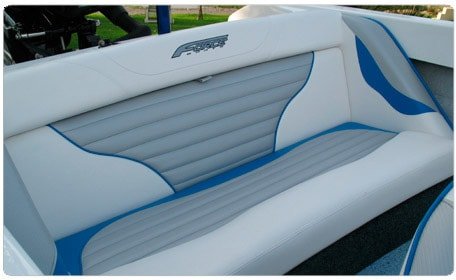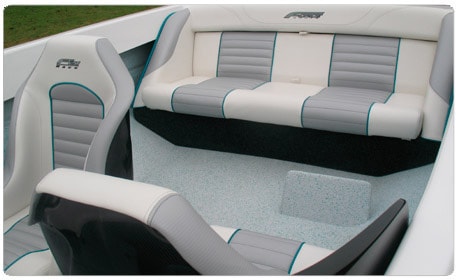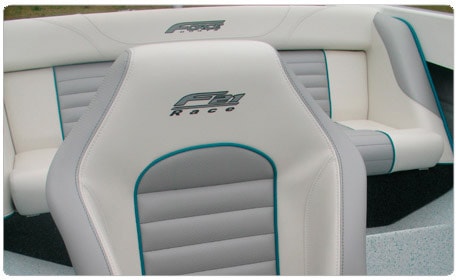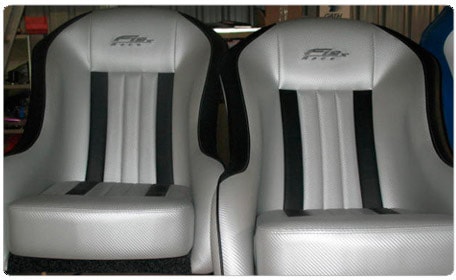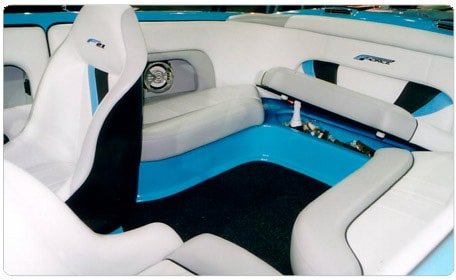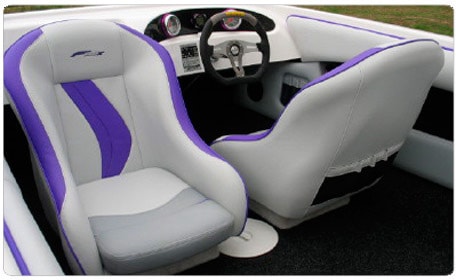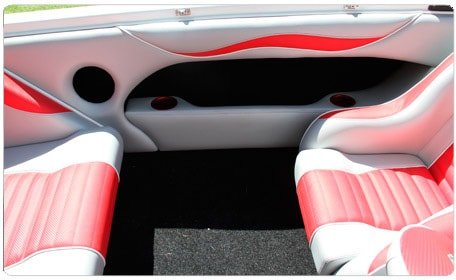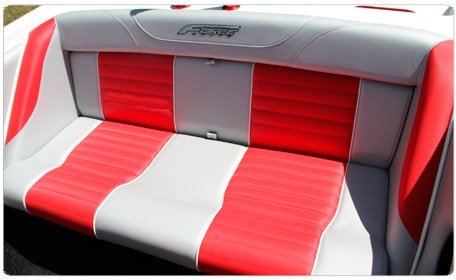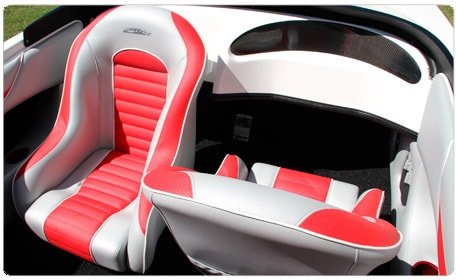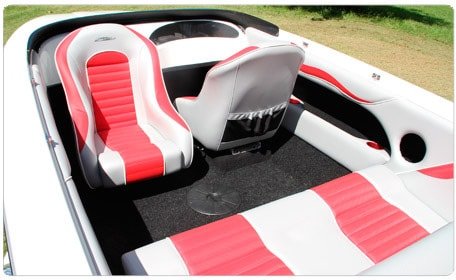Force F26 Crossover


_1920_large.jpg)
_1920_large.jpg)
_1920_large.jpg)
_1920_large.jpg)
_1920_large.jpg)
_1920_large.jpg)


_1920_thumb.jpg)
_1920_thumb.jpg)
_1920_thumb.jpg)
_1920_thumb.jpg)
_1920_thumb.jpg)
_1920_thumb.jpg)
The 26 Crossover from Force Boats is a centre console that would feel right at home in Miami. Its Mercury Verado 400R outboard motor offers superb midrange fuel efficiency. The 400hp marine engine is also quiet and responsive. Finish on the Force 26 Crossover is best described as flawless. It sits on an excellent custom trailer.
Tradeboats says..
Force Boats has long been known for its high performance ski and race boats. But the Force Crossover 26 mates a long, lean standalone hull with full walk-around capability. The hull and layout are simply brilliant for boaters wanting a trailerable hull that can be taken well offshore yet not need a second mortgage to pay for the fuel bills.
The privately owned Force 26 Crossover boat I reviewed on Sydney Harbour earlier this year was powered by a Mercury Verado 400R outboard motor, an amazing marine engine that I first tested at the 2015 Miami Boat Show. It returned blistering top-end performance yet its midrange fuel efficiency was incredible for an engine this powerful. And across the entire rev range it was quiet, reading 91 decibels at wide-open throttle, the same as a four-stroke Mercury 90.
Try as we did, we could not get the boat to become flighty, leaping the rolling south-easterly ocean swell between Grotto Point and Balmoral at the entrance to Middle Harbour. Once, after getting the hull completely airborne, it still landed level with the stepped chines, throwing the spray well away, and with the Verado’s low cooling water intakes there was no fear of water starvation. Running back with the swell it tracked true and dry.
Force 26 Crossover Design and Layout
First impressions of the Force 26 Crossover were brilliant. When photographer Barry Ashenhurst and I turned up at Davidson Park Launching Ramp’s prep area next to Roseville Bridge, we were blown away by the flawless mouldings achieved by vacuum bagging. This technique reduces the resin percentage to around 50 compared to 60 for a conventional lay-up. More glass and less resin makes for a stronger yet lighter hull.
The bottom was white, topsides metallic black with gunmetal gunwale striping, and the cockpit white. Glassed-in foam stringers provide longitudinal stiffness with an encapsulated plywood transom used to handle the massive rated power of this hull. A moderate concave topside flare forward provides excellent reserve buoyancy when nosing into a sea.
The hull has water ballast chambers along the centreline that vent at the anchor locker. At rest, water floods these chambers to provide rock-solid stability and drains as the hull starts to plane. A sponson either side of the outboard mounting provides additional buoyancy at rest and access to the outboard power-head while the boat is afloat.
Forward in the Force 26 Crossover is a deep anchor locker with side-hinged hatch and a mounting pad to stow a Danforth anchor vertically with chain and rope hanging down, ready for instant deployment. Muddy stains down the topsides from a locker drain are eliminated by having any water in the locker drain directly into the ballast chambers. The freshwater wash with spray gun from an onboard tank (that also feeds a spray gun at the transom) is a nice touch.
A stainless steel bow roller and pop-up stainless steel side deck cleats simplify anchoring and tying up alongside a jetty. Forward, there’s moulded seating with storage bins under and a seemingly unlimited supply of drink holders. The seat cushions can be removed and a sunpad fitted instead.
Moving aft, there’s a forward-facing seat ahead of the helm station with a compartment beneath that’s deep enough to provide seated headroom for a chemical loo. The helm area on the Force 26 Crossover has a low (thankfully) clear windscreen atop a cowl-type dash that shields the helmsperson and passenger underway. The reverse hull topsides sheer gives good forward vision even when the hull starts to plane but to get that ‘blasted air’ feeling when planing, the seat cushion bolsters flip up to give a view over the ’screen.
A compact moulded Targa top shields the helm area from the sun and incorporates a storage bin with drop-down lid, while the dash has sufficient space for full engine instrumentation plus fishfinder and radio. To port of the console and flush with the side deck coaming is the filler cap for the underfloor fuel tank.
Aft of the centre console and Targa top is another cushioned seat with storage beneath and two hatches accessing the underfloor area. Just ahead of the transom, another lounge offers more storage and access to the batteries. To port is a side-hinged transom door to access the port hull sponson, which incorporates a recessed telescopic boarding ladder. As with the forward cockpit area there are drink holders everywhere.
Handling and ride
The Mercury Verado 400R fired up instantly from cold, with no oil smoke or even an oily smell, and idled at 600rpm reading a mere 61.6dB at one metre – quitter than most four-stroke outboards developing a quarter of the power. My tinnitus sure got a break that day. The standard power steering and digital throttle and shift system gave precise control, with no clunks when ahead or astern were engaged. Idling from the ramp absolutely no vibration was transmitted through the hull so no flab reduction on this test.
Clearing the 4kt limit at Killarney Point on Middle Harbour, we opened up the 400hp Mercury outboard. With the leg trimmed in, the prop torque canted the hull to port but righted itself when the leg was trimmed out. The further the leg was trimmed out the more stable the hull became which surprised me considering the length to beam ratio is greater than 3:1.
Although the Force 26 Crossover has flush-mounted trim tabs under the sponsons I didn’t use them as I prefer to test the handling characteristics of hull without aids. From slow ahead to planing with the throttle ‘floored’ took eight seconds, with a further 23sec out to WOT; not bad considering the calculated total displacement of 2.3 tonnes, including five people aboard and 250 litres of fuel in the tank. Even when the supercharger cut in there was no whine to be heard aboard the boat but when I was driving the camera boat, there was a distinct whine that sounded remarkably like the gear whine from a stern drive.
Through tight figure of eight turns at 4000rpm with the leg trimmed slightly in there was no prop ventilation and the engine held its revs in the turns. As the Merc was directly mounted on the transom there was no jacking plate positioning to worry about. The plate was fun to use on a Force 23 I tested in 2014 but for most boaters it would just be a pain as it takes a while to get right. One thing’s for sure, though: after the direct power steering of the Merc I’d never want to go back to hydraulic steering in a boat like this.
The Trade-a-Boat verdict
By using vacuum bag foam sandwich construction, foam springers and floors and all hand laid construction, the Force 26 Crossover is lighter than many boats its length and even on Force’s own tandem-axle trailer, with full fuel and water tanks and safety gear on board, the towing weight is still less than 2.7 tonnes. This means it could be towed even by a four-cylinder diesel 4WD ute, though frankly a full-size 4WD would be the better choice. The trailer is custom designed for the hull, which on retrieval is simply floated up to the attaching point with no alignment issues.
Force Boats has done an excellent job of designing and building a maxi centre console that still shows the company’s ski and race boat heritage. It’s beautifully built and finished with innovative ideas that only come from company that knows how to build performance boats. All Force Boats needs to do now is actively market the boat in the Miami market.?
| Price | : POA AUD |
|---|---|
| Brand | : Force |
| Model | : F26 Crossover |
| Length | : 7.77 Meters |
| Engine Make | : Mercury |
| Engine Type | : Mercury 400R Verado |
